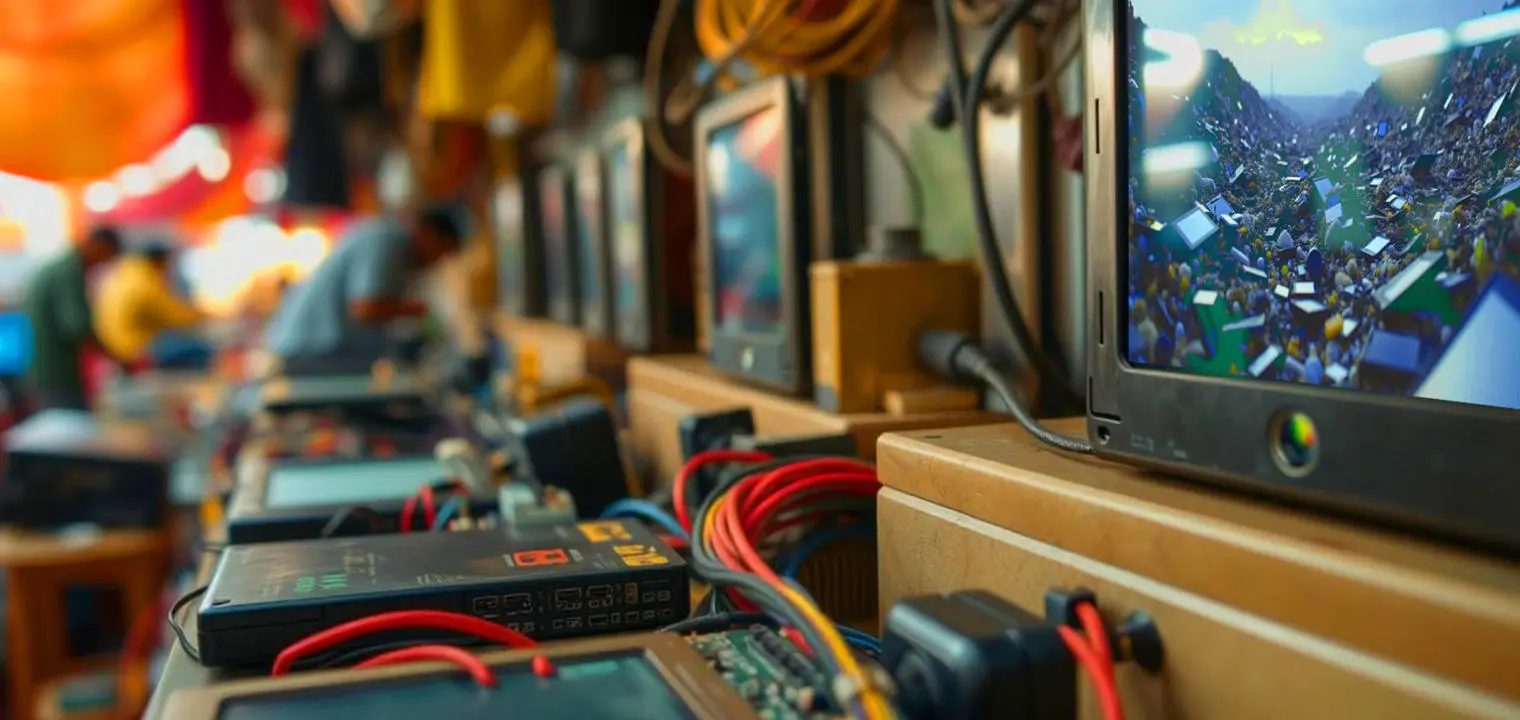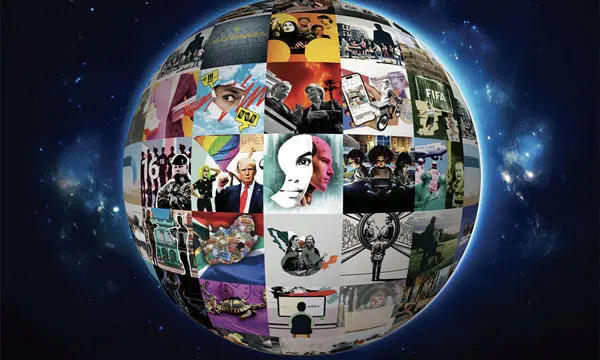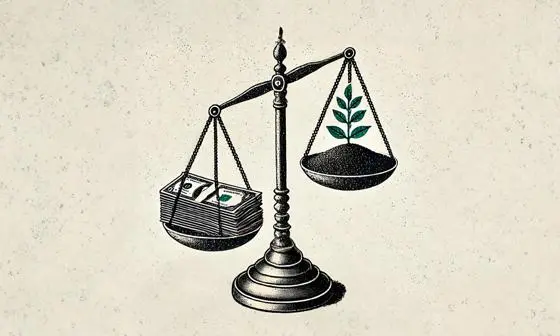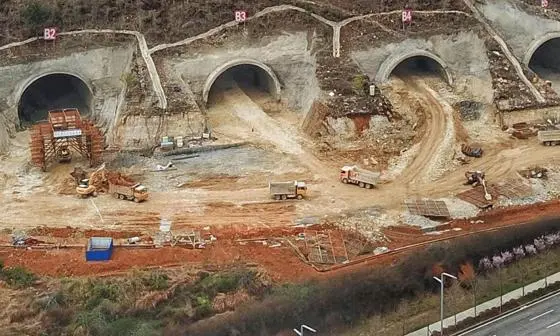The hidden environmental labour of electronics repair

Contents
Most of us depend on electronics throughout our daily lives – from our mobile phones, to laptops, tablets, televisions, microwaves and more. But what happens to used electronics when they are discarded? Is it inevitable that they become waste or could we envisage a different afterlife for these products?
In her MIT Press book Analog Labour in a Digital World, Dr Julia Corwin, Assistant Professor in the Department of Geography and Environment at LSE, went behind the scenes of India’s used electronics economies to examine the hidden labour of electronics repair.
As part of a wider shift to reframing ‘‘waste’’ as having value and thinking differently about our relationship to things, Dr Corwin argues that electronics repair and reuse should be recognised as ‘‘labour that is doing significant environmental work but is not often given environmental attention’’.
Repair work is environmental work
A global graveyard of electronic waste?
Electronic waste, also known as ‘‘e-waste’’, is a growing waste stream. Speaking at a recent LSE Research Showcase talk, Dr Corwin cites predictions that e-waste will rise from 53.6 million metric tons (Mt) in 2019 to 82 million Mt by 2030. This is increasing five times faster than documented e-waste recycling.
The growth in electronic waste has fuelled news headlines concerned about ‘‘global graveyards’’ of discarded electronics. The general narrative is that electronic waste is hazardous, containing harmful materials like lead, and that it contributes to environmental injustice due to being predominantly dumped in the Global South by the Global North.
Dr Corwin’s research challenges the assumption that the electronic waste industry in the Global South is inherently ‘‘crude, hazardous and locally polluting’’. Examining India’s repair economy, she argues that ‘‘this view of e-waste from the repair shop and even the scrap shop, rather than a recycling factory, offers a very different rendition of e-waste, and particularly informal e-waste in the Global South, than what is presented in policy and popular media’’.
Rethinking electronics repair
Dr Corwin undertook nearly two years of ethnographic fieldwork in and around Delhi to explore India’s repair economy. Dr Corwin’s own background lies in waste – she has worked for the Department of Sanitation in New York, and her research has long examined the (after)lives of things. Using what she terms ‘‘a patchwork ethnography’’, her latest study sought to capture the different sectors, local networks and processes involved in India’s e-waste industries, speaking to and observing repairers, waste collectors, IT maintenance workers, used computer salespeople, reassembly factory workers, and more.
Dr Corwin stresses that there are different elements to India’s repair economy, which involves distinct processes of repair and maintenance, resale and refurbishment, and reassembly and remanufacturing.
Typically, we might think of repair on a small scale: ‘‘we have a broken screen and we bring it to an individual repair person, and that individual repair person fixes it’’. While repair certainly happens at this individual level, it also occurs at much larger scales too, such as a company buying, refurbishing and then reselling computers in bulk.
Dr Corwin also points to examples of remanufacturing, showing a photograph from her fieldwork of a factory turning cathode ray tube (CRT) computer monitors into CRT televisions. Because these video display components typically contain leaded glass, they embody the most concerning form of electronic waste. Remanufacturing can defer this hazardous e-waste by turning computer monitors into smart TVs that have USB and Wi-Fi connectivity. Other examples include battery packs for recharging mobile phones that are made out of used laptop batteries. As Dr Corwin explains, ‘‘these are significant ways that things re-enter reuse economies in India’’.
[A thing] has many lives. It can move back and forth between repair, resale, (re)assembly, and it could become e-waste then go back into resale.
The life of things
These reuse economies disrupt established boundaries between new and old, working and non-working things. In the modern capitalist system, we often conceive of the economy in a linear way: ‘‘you take the raw materials, produce things, and then dispose of them’’. Through her research, however, Dr Corwin found that a thing ‘‘has many lives. It can move back and forth between repair, resale, (re)assembly, and it could become e-waste then go back into resale’’.
Through their labour, repair workers share this more expansive view of the life of an object: ‘‘they see the potential for things to be something beyond what commodity capitalism has made them, and what their original use has been.’’
Rather than having a ‘‘traditional’’, ‘‘old’’ or ‘‘backward’’ relationship with things that the Global North has simply moved beyond, India’s reuse economies offer an alternative, and valuable, way of relating to material objects, argues Dr Corwin. ‘‘I would want to reframe it as a lifecycle that is in general more attuned to the things in the world around us, as well as based on an economy that is more often driven by need, or the need to repair things.’’
India’s electronic waste sector is … a powerful source of value and product creation.
Reuse as a circular economy principle
Centring reuse and repair can inspire a different way of thinking about the circular economy too. The circular economy has been positioned as a critique of conventional, linear cycles of production, consumption and disposal as it typically puts onus on ensuring that recycled and reused materials are put back into these systems, reducing our reliance on raw materials.
However, Dr Corwin does not believe that the circular economy necessarily breaks free of established cycles of production and consumption. She argues that both the linear economy and the circular economy share ‘‘an underlying need to continually sell things’’ for economic growth. As a result, ‘‘the circular economy is fundamentally a form of business-as-usual for commodity capital.’’
Dr Corwin suggests that the ethos of repair work can inspire a real alternative – namely, a reuse-based circular economy, ‘‘essentially a non-capitalist circular economy’’. Rather than rely on systems that profit from, then quickly devalue, material objects, the reuse-based circular economy would offer ‘‘a different mode of relating to things’’. As she explains, ‘‘repair essentially disrupts timescales of commodity production. It allows us to slow down and more easily relate to the things in our lives. And that includes repairing them and caring for them.’’
Repair work as environmental work
Challenging the perception that the electronic waste industry is inherently hazardous and harmful to the Global South, Dr Corwin’s research shows that ‘‘India’s electronic waste sector is, in fact, a powerful source of value and product creation, and calls into question e-waste as a definitive waste product’’.
Her research also makes clear that repair work is environmental work. Instead of a disposal culture where discarded products become valueless waste or recycled simply to continue producing more and more new stuff, ‘‘a reuse-based circular economy is getting us to think beyond a business-as-usual form of weak sustainability.’’
Centring the work of reuse and repair opens up alternative modes of relating to things – it encourages us to see creativity less in the production of new objects of consumption, and more in the capacity to imaginatively reinvent existing materials. Dr Corwin suggests that ‘‘thinking about this helps us to better understand our relationships to commodities and wealth under late capitalism, the social and environmental consequences of these relationships to things, and our common relationship to them, which is to dispose of them’’.
This Research Showcase talk was written up by Rosemary Deller, Knowledge Exchange Support Manager at LSE.
Download this article as a print-optimised PDF [266KB].




